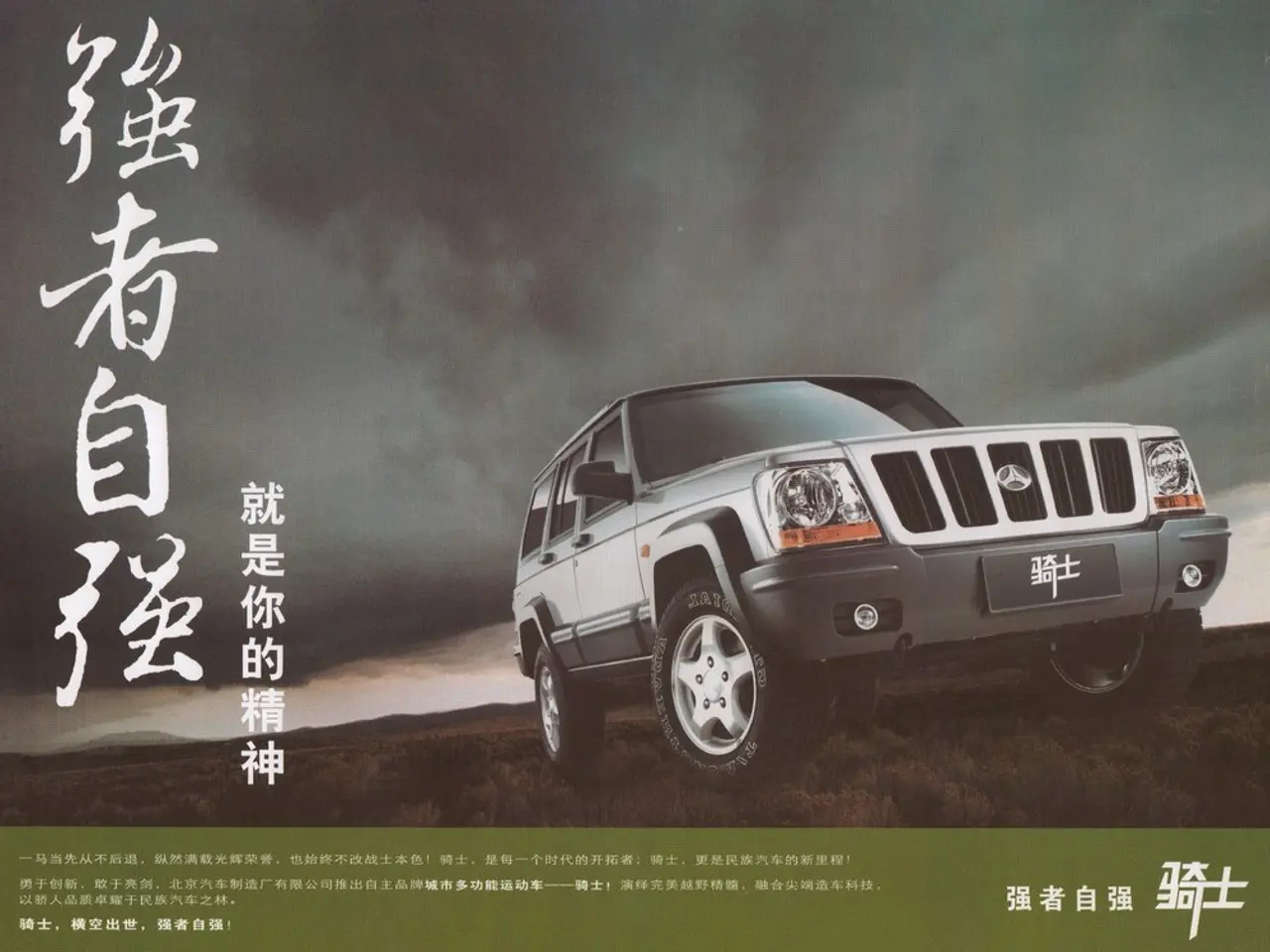Exports from China surged in July, surpassing predicted levels, according to China's announcement
China's export growth has been a crucial engine for its economic expansion, even amid the ongoing trade tensions with the United States. Despite the scheduled end of the 90-day truce on Aug. 12, which could potentially reinstate original duties, China has managed to maintain a robust export performance.
In July, China's exports expanded by 7.2% year-on-year, outpacing a Bloomberg forecast of 5.6%. This growth positively impacted the country's GDP growth, industrial output, and trade surplus. Zhiwei Zhang, president and chief economist at Pinpoint Asset Management, stated that exports have supported the Chinese economy strongly this year. However, Zhang predicted that export growth may slow in the coming months as the front-loading of exports due to U.S. tariffs decreases.
The accord to lower tariffs between China and the United States was initially agreed in Geneva in May. Since then, the two economic superpowers have agreed to hold further talks on extending their tariff truce, as recently discussed in Stockholm last month. Currently, Beijing's levies on US goods stand at 10% as part of the tariff truce.
China has offset losses from constrained shipments to the United States by increasing exports elsewhere. In the first half of 2025, China’s economy grew 5.3% year-on-year, driven partly by a 5.8% rise in exports over the same period. The country has particularly expanded trade with ASEAN countries, Africa, Europe, and Latin America, and boosted high-tech and innovation-driven exports.
This adaptability in the face of tariff shocks from the US-China trade war is evident in the redirection of goods from the US to other markets, notably the euro area. This redirection affects global trade patterns and can even exert downward inflationary pressure on regions like Europe by increasing supply and lowering import prices.
China’s strategy to sustain export growth relies heavily on industrial upgrading and innovation, emphasizing high-tech industries, cross-border e-commerce, and service trade. This focus further strengthens its economic resilience.
Beijing has set an official goal of achieving around 5% growth this year. While the end of the tariff truce could potentially reinstate original duties, China's robust export performance and strategic market shifts suggest that it is well-positioned to meet this goal.
The Chinese economy has been bolstering its high-tech and innovation-driven exports as a response to the US-China trade war, thereby expanding trade with regions like ASEAN countries, Africa, Europe, and Latin America. This strategic shift in export market stakeholders might also contribute to a potential downward inflationary pressure on regions like Europe.
China's industry sector, particularly high-tech industries, cross-border e-commerce, and service trade, is emphasized in the country's strategy to sustain export growth and strengthen its economic resilience. As such, even with the potential reinstatement of original duties following the end of the tariff truce, China's robust export performance and adaptability indicate a promising outlook for meeting its official goal of 5% growth this year.




